As the health of our planet’s ecosystems garners more attention, nurturing young people’s appreciation for the environment has become imperative. The next generation of potential climate activists is even sitting in classrooms today. Teachers work to inspire these students to not only understand but also actively engage with bigger environmental issues. Fortunately, STEAM education inherently involves the natural world as students explore the biology, chemistry, mathematics, and physics of the universe. By intertwining hands-on STEAM experiences with the study of the environment, educators can help equip them with the skills and passion needed to safeguard our planet’s future.
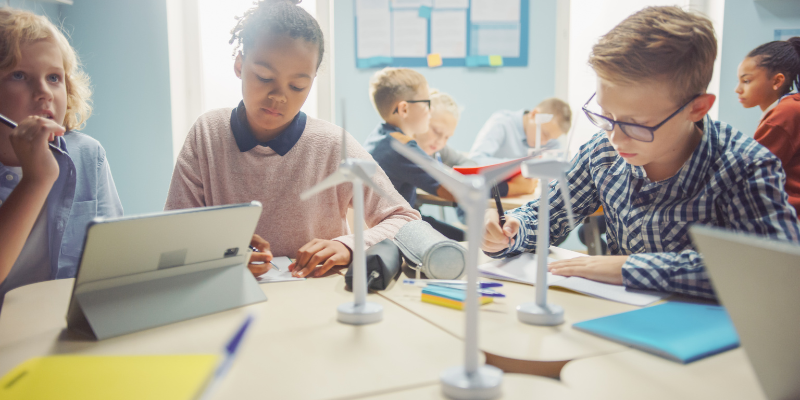
Fostering environmental awareness in kids doesn’t just mean letting them play outside at recess—although that is part of it. Instead, we’ve identified three different perspectives through which students can approach environmental learning: sensing, playing, and investigating. With the sensing approach, students could use robotic sensors and other tools to collect data about the world around them. When playing, those rugged outdoor robots or green MakerEd tools often help you enhance this regular playtime. Finally, investigating involves learning about renewable energy and natural processes through hands-on projects.
Sensing: What’s happening around us?
Whether outside or in the classroom, students can use their senses to understand the environment. They can see whether it’s cloudy or sunny, smell the coming rain, or feel the temperature of the air. Some data, though, can’t be detected by human senses. So, that’s where robotic sensors come in.
databot 2.0
The databot 2.0 looks like just a little box, but it’s actually packed with power. Its 16 different sensors can determine UV, sound, acceleration, CO2, air pressure, humidity, magnetism, temperature levels, and more. These sensors actually lend themselves perfectly to environmentally focused experiments. For example, students might measure how distance from a light source affects that light’s intensity. As they measure the amount of light that reaches their databot’s light sensor, they will better understand how people in different areas of the Earth experience the Sun’s light and heat.
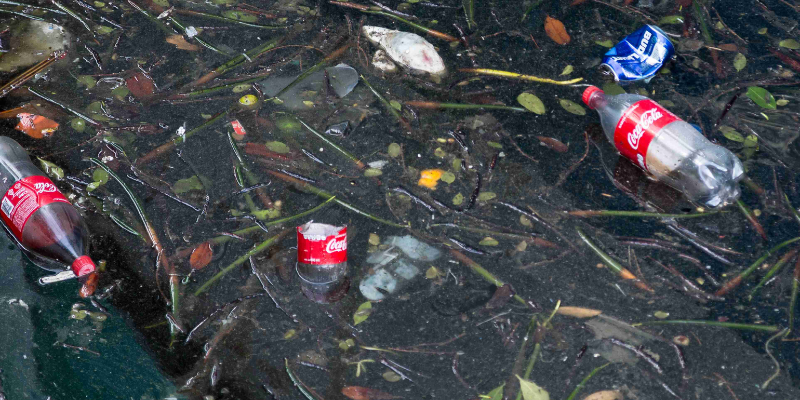
Or, they might measure the gas that's released from volatile organic compounds (VOC) to demonstrate the behavior of greenhouse gases. With the databot’s Vizeey app, all its sensors are completely programmable in Scratch, Python, and Arduino, making these experiments customizable. By gathering crucial data about the environment, students will develop a better understanding of why and how we should protect it.
Phidgets
Although the databot is a robust solution, the Phidgets devices are also full of sensing abilities. Phidgets are also compatible with a few more coding languages: Scratch, MakeCode, Python, Java, C#, and Swift. However, unlike the databot, the Phidgets system doesn't work with an app—they have to be programmed on a computer. With their Phidgets sensors, students can measure things like weight, temperature, and pH, expanding their knowledge of different objects and environments.
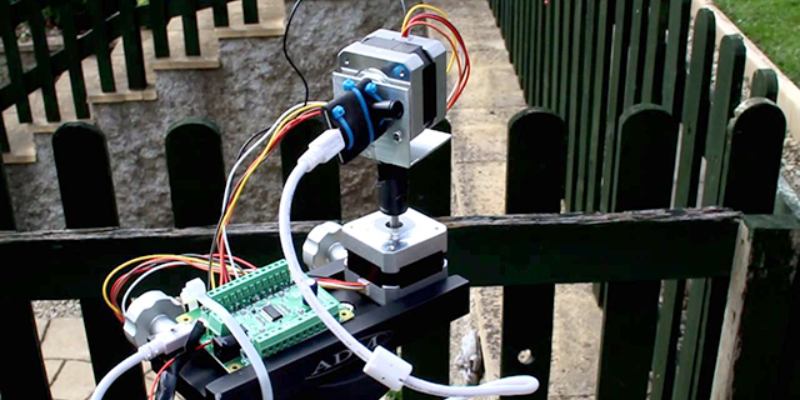
One of the most in-depth Phidgets projects is the Plant Kit. With the components, children can program moisture and light sensors to design a smart watering system for their plants. When these sensors detect inadequate light or moisture levels, they’ll output a status update to indicate that the plant needs attention. As children nurture their plants, they’ll also form emotional and informational connections with the broader environment. And, they’ll learn through experience how to best care for plants and other natural beings in their daily lives.
Terrapin Easi-Scope
Though we can see plenty of detail with our eyes, sometimes that's not enough. With a 43x magnification ability, Terrapin’s Easi-Scope makes it possible to see intricate features of our natural world, like the hairs of a caterpillar or the veins of a leaf. It connects to a computer via the USB port, while the wireless version transmits data over Wi-Fi to any compatible devices. Either way, once kids connect their Easi-Scope, they can see vivid images sent from the microscope directly to the screen.
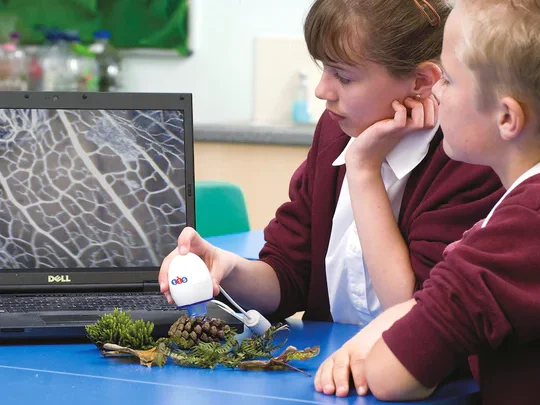
With LEDs and adjustable focus, the Easi-Scope makes it simple for students as young as five to examine their surroundings. As such, it can become a catalyst for heightened eco-literacy. Studying soil samples or water specimens helps allow children to develop a deeper understanding of ecosystems and biology. This hands-on experience not only helps foster scientific curiosity but also sharpens observation skills critical for ecological study.
MonkMakes Kits
Like these other sensing tools we’ve highlighted, MonkMakes kits involve an experiment-led approach to environmental literacy. The kits pair with either a micro:bit or Raspberry Pi to add additional sensors and functions to each device. While some of the kits explore circuitry and electronics concepts, such as servo motors, kits like the CO2 sensor, Air Quality kit, and Solar Experiments kits can enable students to gather data about the environment.
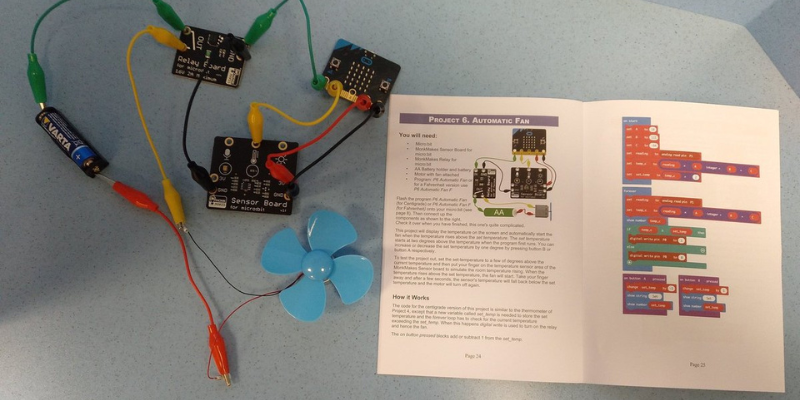
The Solar Experiments kit will help children learn how solar panels convert sunlight into electrical energy. It even helps with demonstrating how this energy can be stored and used to power various applications. This kit comes with a solar panel and a solar store, as well as a low-energy light bulb and a motor, both of which can be run by the energy that students harvest. By connecting the solar store to the micro:bit, students can monitor and manage its charge. This helps children understand the importance of renewable energy and its role in mitigating climate change. It encourages them to explore the potential of solar powered devices as a sustainable energy solution. And, it prompts discussions on ecological impacts of some power sources.
Playing: How can we have sustainable fun?
Although it’s important to learn about the environment through analyzing data, that’s not the only way kids can increase their ecological literacy. Even when they’re learning, students still love to play and have fun. Thankfully, it is easy to incorporate green learning opportunities into playtime by taking robots outside and using sustainable tools. Outdoor learning is also known to enhance cognitive development and emotional well-being, fostering a stronger connection between students and nature.
Tuff-Bot
About the size of an RC car, the Tuff-Bot operates very similarly to its sibling bots, the Bee-Bot and Blue-Bot. Students can create basic programs using its on-board buttons or program its movements using the free app. What sets the Tuff-Bot apart is its rugged design, enabling it to traverse terrain that is challenging for most bots. With oversized wheels and a durable frame, the Tuff-Bot can cruise the hall, throughout your playground, and even into the woods. Taking the Tuff-Bot outside provides kids with a unique opportunity to engage with the natural world. As students take the robot through different outdoor environments, they’ll observe firsthand the flora and fauna of each ecosystem and experience simple appreciation for the Earth.
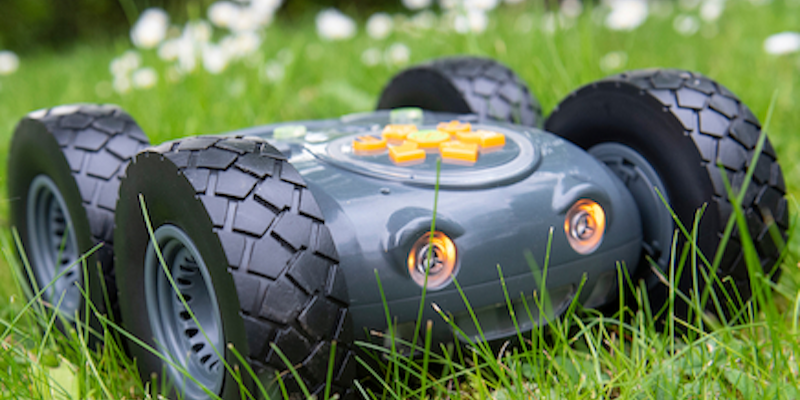
Beyond this, however, kids could also conduct experiments related to environmental impact. For instance, they can complete coding challenges that require the robot to follow paths, avoiding obstacles like rocks or trees. These activities not only help kids strengthen their coding skills but also encourage them to think creatively about how technology can be used to address environmental challenges. For another option, the mBot Ranger can also drive through muddy, off-road terrain, providing similar benefits as the Tuff-Bot.
MakeDo Kits
Kids don’t have to be outdoors, however, to learn more about sustainable play. MakeDo’s kits with plastic tools enable low-tech building and engineering opportunities with the cardboard pieces. Using the safety saws, plastic “scrus,” and other tools, students can build imaginative and useful creations out of upcycled cardboard. As children attempt the construction, teachers can also lead conversations about sustainability and the environment. Students can then see the potential for repurposing everyday items, emphasizing the importance of reducing waste and adopting green mindsets.
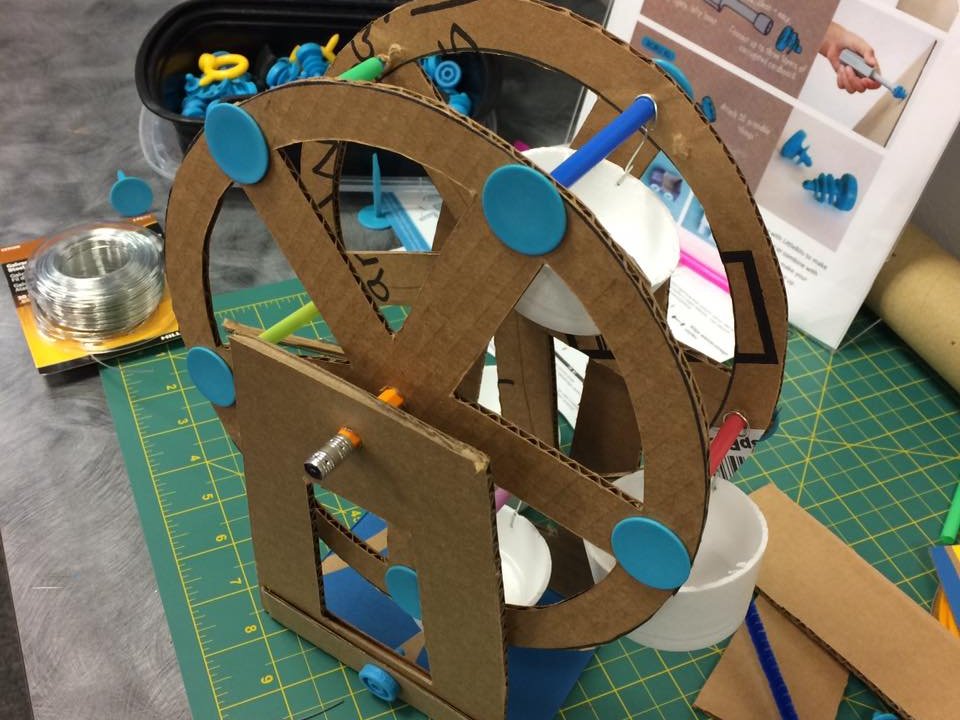
They'll even consider how to plan and design creations using minimal amounts of materials, aligning with the key principles of sustainable design. Teachers might also integrate environmental themes into MakeDo projects. Perhaps students could design a prototype of a sustainable packaging solution or construct their own models of a renewable energy facility. This contextual learning allows students to explore real-world environmental issues while reducing waste in the classroom by upcycling materials.
3Doodler Start
Like the MakeDo kits, the 3Doodler pens also promote sustainable creation—right from the source. Rather than upcycling already used materials, 3D printing allows children to incorporate waste reduction into their design itself. They can start out by using 3Doodler’s Eco Plastic Filament: non-toxic, BPA-free strands of filament that are biodegradable in household compost. Kids will get exposed to this concept of leveraging sustainable materials, and these compostable creations also have a negligible impact on the environment instead of sitting in a landfill for years if they are lost or thrown away.
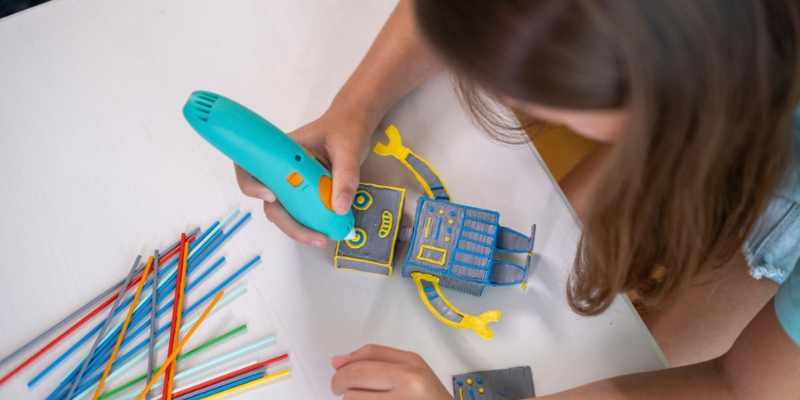
Even if students use non-compostable filament, though, 3Doodler prints can still benefit environmental literacy. On a larger scale, using 3D printers to produce custom items also lessens the demand for mass production. Children could reproduce this concept in their classrooms by printing objects like keychains, name tags, jewelry holders, or toy rockets. They’ll learn how to conserve resources and reduce waste by creating items for specific, necessary situations.
Investigating: How does the world work?
Another approach to fostering ecological consciousness is to directly investigate some of the most widely used forms of clean energy. Whether experimenting with solar power, wind energy, hydropower, or other energy sources, children can use these environmentally friendly STEAM kits to gain first-hand practical experience with sustainable energy.
Forward Education Climate Action Kit
One of our newest additions, the Climate Action Kit from Forward Education is the perfect comprehensive introduction to clean energy—with some coding instruction along the way. Using press-fit building blocks, motors, and sensors, students can construct a variety of projects, including models of wind turbines, energy-efficient cars, and a smart watering system. All of the projects are connected to the central Breakout Board, which is powered by micro:bit. Students can use many different coding languages, from MakeCode to Python, to create commands for micro:bit. Then, the Breakout Board transmits those to the rest of the components, powering projects like the wind turbine to actually move!
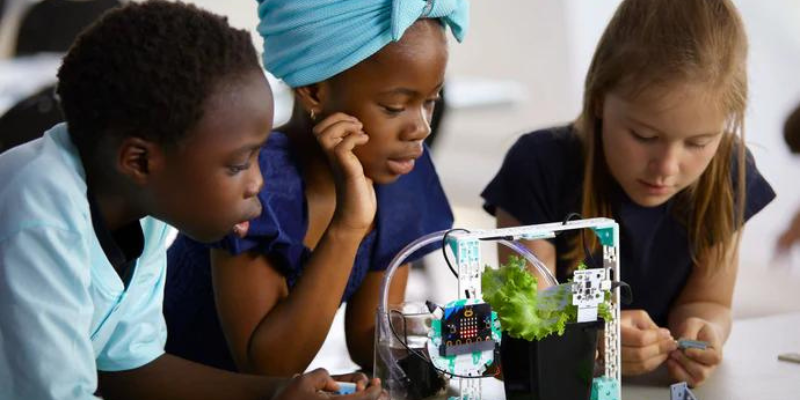
With activities and lessons scaled for students in grades 3–12, the Forward Education kits are the perfect solution for introducing students to Eco Education at any level. The process of building these models will teach students how green energy works with a variety of different systems, allowing humans to live more sustainably. And getting hands-on experience with renewable energy prototypes prepares students for careers in energy fields!
Thames & Kosmos Kits
The Thames & Kosmos line encompasses so many aspects of science, from physics to robotics, teaching STEM concepts through hands-on projects. Many of the Thames & Kosmos kits are approachable for kids in the earlier elementary grades, though some are designed for middle schoolers and students entering high school. For environmentally focused projects, students can check out the Climate & Weather kit, the Experimental Greenhouse, or the Physics Solar Workshop.
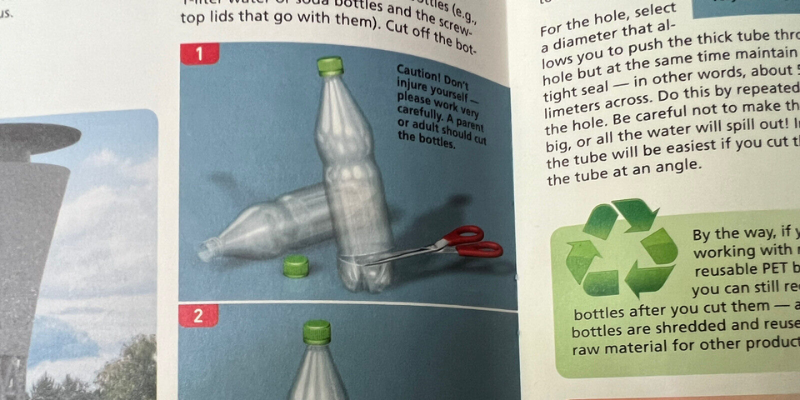
Here, though, we’ll focus on the Hydropower kit. One of the oldest sustainable energy sources, water has long been used to generate power through water wheels and dams. With this kit, children can complete 12 different water-based experiments and explore water pressure, surface tension, and hydroelectric energy. In one experiment, children will create a model of a water wheel with building bricks and gears, harnessing the energy of moving water to do different types of physical work. They can even work to generate enough electricity to light an LED! As they build and play, students will learn why hydropower is a promising source of energy. They'll also start to think critically about the consequences of energy choices and become more informed about environmental science.
Snap Circuits Green Energy
Similar to all Thames & Kosmos kits, Snap Circuits Green Energy allows children to build and experiment with renewable energy sources, such as solar, wind, and hydropower. While completing over 125 projects, children will explore various advantages of renewable energy and discuss challenges associated with these technologies. They can simply snap these blocks, wires, and any other parts together to create a functional windmill, measure wind direction, store energy in water, harness static electricity, and more.
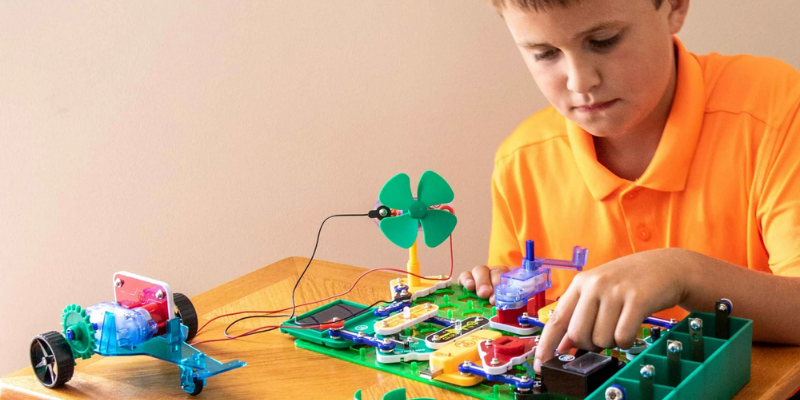
As they experiment, students will directly observe how these sources generate electricity, deepening their personal understanding of renewable energy. Through working with Snap Circuits Green Energy, students can become more inspired to explore careers in renewable energy, engineering, and even environmental areas of science. However, even if they're not pursuing a STEM career, they'll become more responsible environmental stewards after completing these lessons.
Horizon Educational Energy Box
You definitely won’t need to think outside the box this time—inside the Horizon Educational Energy Box is everything you'll need to instill students with a sense of environmental stewardship. The comprehensive kit includes materials for practical experiments in solar, wind, or hydro power. Manipulating and observing these forms of energy helps students to bring concepts to life while demonstrating how they can harness renewable energy and use it to mitigate environmental challenges.
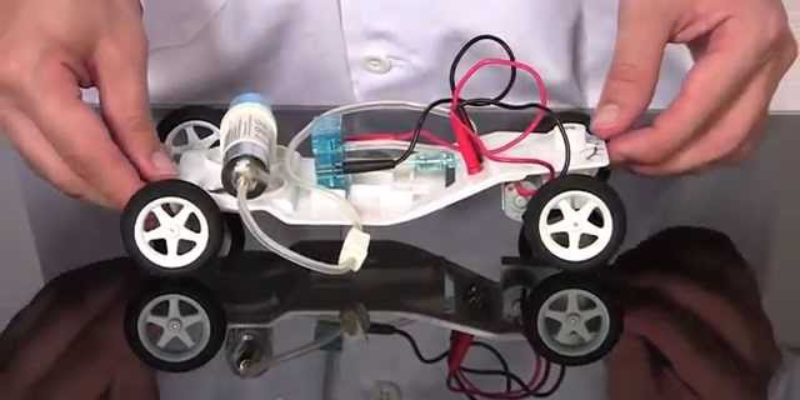
The Energy Box even comes with a variety of fuel cells for kids to compare, including a salt water fuel cell and a direct ethanol fuel cell. They’ll have to use critical thinking to discern the benefits and drawbacks for different types of fuel cells. Then, combining their findings with various supplies in the box, they can create an entirely sustainable power grid or delve into alternative fuels when it comes to transportation. Using the Energy Box, teachers can approach environmental topics from multiple angles, making ecological learning accessible and interesting for students.
Choose your own environmental adventure
How can you simultaneously grab students’ attention, help them investigate STEM concepts, and instill a sense of environmental awareness in them? Hands-on experiences with various EdTech tools can help you foster environmental literacy by illuminating our real-world environmental issues, encouraging students to explore new solutions and develop their own sense of responsibility toward maintaining the planet. Maybe they’ll collect data using tools like the Phidgets sensors or the databot, get outside with the Tuff-Bot, play with environmentally friendly toys like the MakeDo scrus, or delve into the mechanisms of solar energy or hydropower. No matter what, incorporating environmental consciousness into everyday STEM learning can help students learn to make informed decisions and advocate for a sustainable future.
If you’re interested in personalized recommendations for making your classroom more green, contact us! And, follow us on Twitter and Instagram or subscribe to our newsletter for all of the latest in sustainable tech. Plus, for a little boost to your budget, apply for our monthly EdTech grants if you're in search of new tools for your classroom!



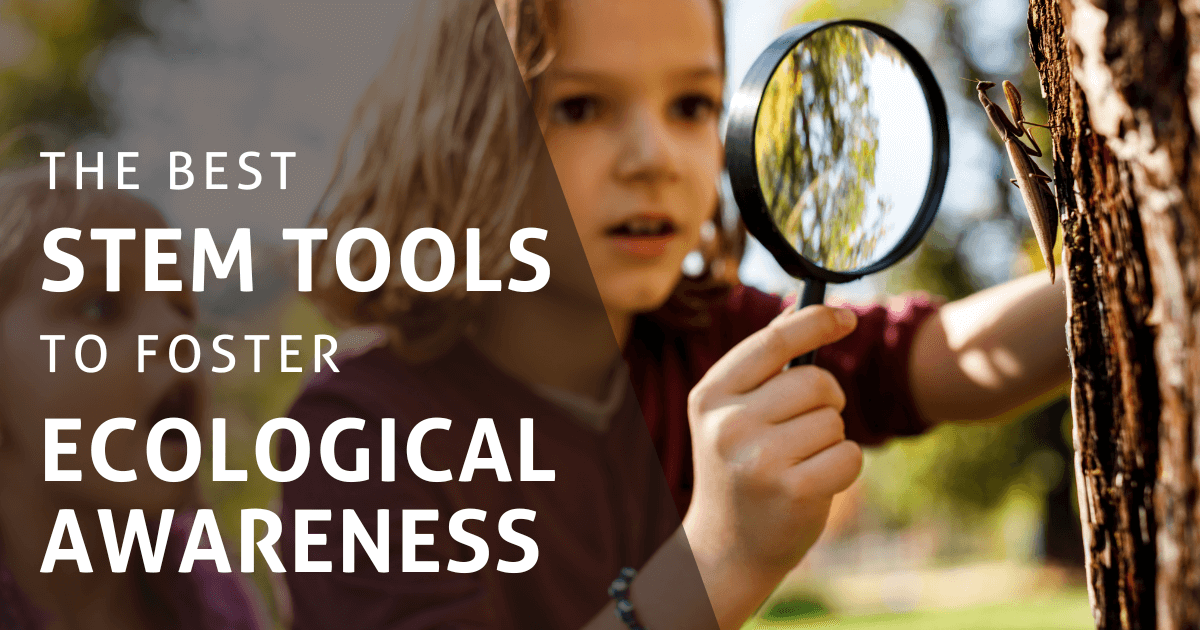
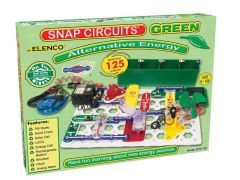
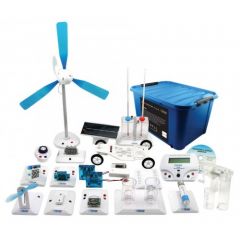
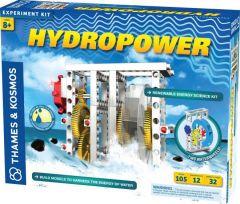
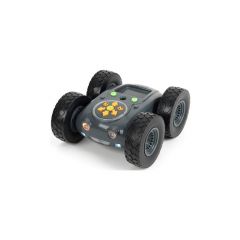
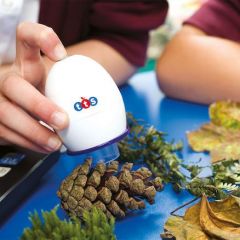
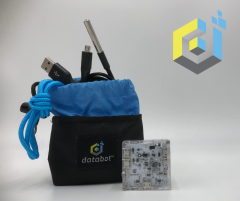
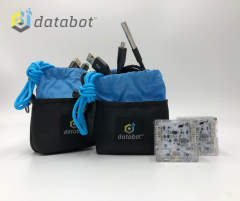
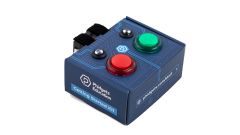
1 Comment